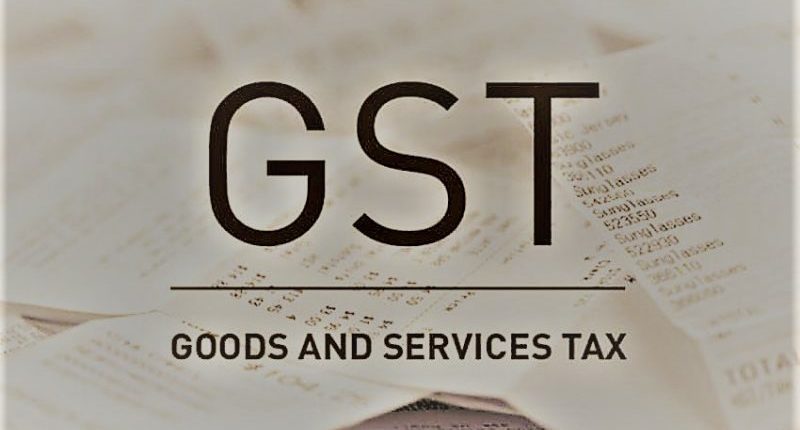The GST Network (GSTN) has come up with a new feature on the GST portal. All the GST registered taxpayers can now find the updated Annual Aggregate Turnover (AATO) figure on their login dashboard.
The taxpayers can check out the exact turnover computed year-to-date for the current financial year. It is derived automatically based on the GST returns in Form GSTR-3B filed to date. Moreover, the figure of AATO for the previous year gets updated in exact terms. Before introducing this feature, whether the taxpayer had a total turnover below or exceeding Rs.5 crore was displayed. With the new functionality, this information is removed.
The taxpayers are allowed to revise or edit the turnover figure as per their books of accounts if they consider that the system computed figures are incorrect or not giving an accurate picture.
The GSTN has provided this facility to update the turnover for every GSTIN registered under the same PAN in India. Due to this facility, whenever one of the GSTINs updates their turnover on the GST portal, it gets automatically picked up. The total or the annual aggregate turnover shall get updated on dashboards for all the other GSTINs falling under that PAN.
Once the facility is rolled out, the taxpayer will be allowed to revise or amend the turnover two times during any month. After that, the numbers will be sent to the jurisdictional tax officer for his review. The officer has the liberty to change the values reported by the taxpayer.
The move is lauded as it removes any confusion faced by the taxpayer in calculating accurate figures for the AATO. It reduces any disputes with the tax officer since it gets automatically calculated based on GST returns.
Annual aggregate turnover is vital information and an indicator of the taxpayer’s benefits under the GST law. Suppose the turnover of a composition taxable person exceeds the threshold of Rs.1 crore. In that case, he no longer qualifies for the scheme and must convert into the regular taxpayer. On the other hand, taxpayers with a total turnover exceeding certain threshold limits may come under new compliances such as e-invoicing.
For any clarifications/feedback on the topic, please contact the writer at annapoorna.m@cleartax.in
Annapoorna, popularly known as Anna, is an aspiring Chartered Accountant with a flair for GST. She spends most of her day Singing hymns to the tune of jee-es-tee! Well, not most of her day, just now and then.





